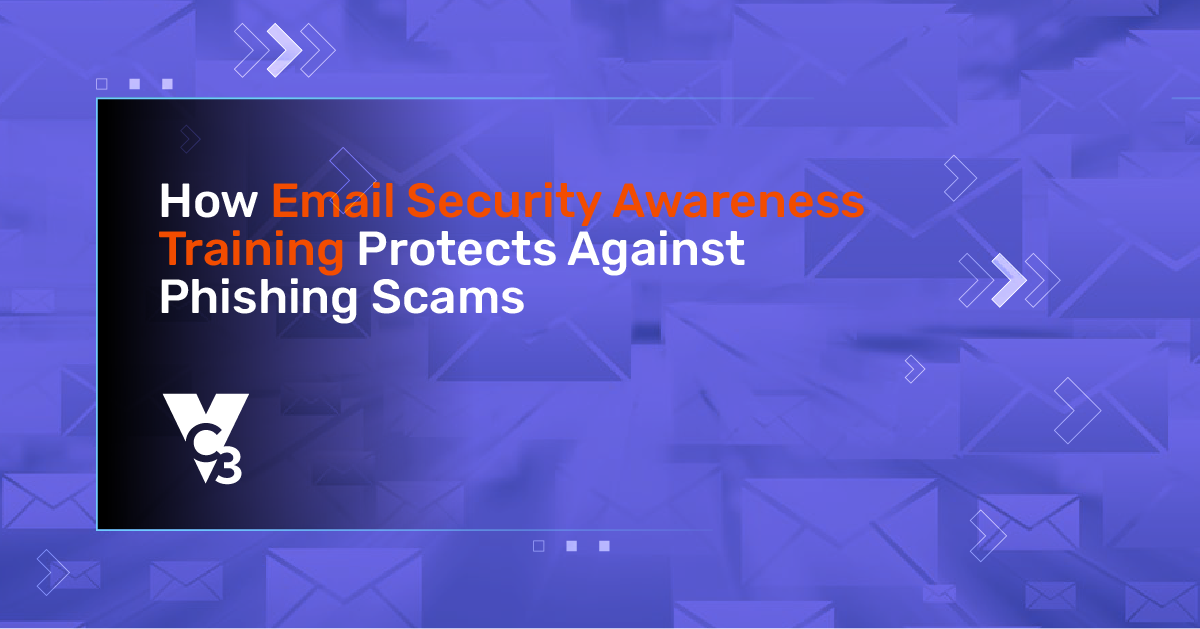The prevalence of cyber threats targeting developmental disability organizations has become unsettling. With sensitive patient data and confidential information held by these organizations, they become prime targets for hackers looking to wreak havoc and profit from stolen data. Understanding why these organizations are targeted, and hackers’ methods can significantly help prevent and mitigate cyber attacks.
Developmental disability organizations provide critical services and support to those with special needs. However, the digital landscape has made them susceptible to cyber attacks. Recent cases have highlighted the gravity of the situation, showcasing the potential negative impacts on the organizations and the individuals they serve.
Key Takeaways
- Developmental disability organizations are prime targets due to the sensitive data they hold.
- Acknowledging hackers’ tactics can help organizations prevent and mitigate cyber attacks.
- Previous cases show the potentially damaging consequences of such breaches on organizations and individuals.
Why Developmental Disability Organizations Are Targeted
Developmental disability organizations have increasingly been targeted by hackers seeking access to sensitive information. There are several reasons why these organizations are targeted, and understanding them can help organizations better protect themselves.
Technical Infrastructure
The technical infrastructure of many developmental disability organizations could be vulnerable. These organizations often rely on outdated systems or lack robust cybersecurity measures to protect sensitive data fully. Hackers regularly target systems with weaker security, as they present a lower risk of getting caught and provide easier access to valuable information.
Data Sensitivity
Developmental disability organizations store sensitive information, such as medical records, social security numbers, and financial data for clients and staff members. This kind of data is highly valuable on the black market, as hackers can use it for identity theft and financial gain, among other nefarious purposes.
By understanding the factors that make developmental disability organizations attractive targets for hackers, you can better assess your organization’s risks and take proactive steps to improve your cybersecurity measures. Remember to keep your systems current, invest in robust security solutions, and educate your staff on data protection practices.
Common Methods Hackers Use
Malware Attack
Malware attacks are a common method used by hackers to infiltrate a system. You should be cautious when downloading files and visiting websites, as hackers may use these means to trick you into downloading and installing malware on your device. Once installed, the malware can grant the hacker unauthorized access to your system or steal sensitive information.
Phishing Scams
Phishing scams involve deceptive emails, text messages, or websites that trick you into providing sensitive information, such as login credentials. Hackers may pose as a trusted entity, such as your bank or a government agency. Be wary of unsolicited messages and verify the legitimacy of any request for information before responding.
Password Cracking
Password cracking is another common method hackers use to gain unauthorized access to accounts. Hackers employ various techniques to uncover your password, such as brute force attacks or using precompiled lists of common passwords. Use strong, unique passwords for each account to protect yourself, and enable multi-factor authentication (MFA) whenever possible.
Ransomware Attack
Ransomware attacks involve encrypting sensitive data and demanding payment (often in cryptocurrency) for release. Organizations targeted by ransomware attacks risk losing their valuable data if they do not pay the ransom. To mitigate the risk of ransomware, ensure your organization has a robust backup strategy and maintains up-to-date software and antivirus protections.
The Impact Of Hacking On These Organizations
Reputational Damage
When hackers target your organization, they can cause significant harm to your reputation. Clients and stakeholders rely on you to protect their sensitive information, and a successful attack can breed mistrust. A tarnished reputation may lead to a loss of business, difficulty attracting new clients, or even legal action, depending on the breach’s extent.
Financial Loss
Financial losses can occur in various ways after a cyber attack on your organization. A breach may lead to the direct loss of funds or assets and increased costs to remedy the damage. Expenses may include hiring cybersecurity professionals, upgrading security infrastructure, and incurring fines or legal fees.
Operational Disruption
A cyber attack on your developmental disability organization can damage your infrastructure. Hackers may delete, alter, or hold your valuable data hostage, causing disruptions in day-to-day operations. The time and resources spent on recovery can significantly impact your ability to function efficiently and effectively.
Compliance Issues
Lastly, regulatory compliance is crucial as your organization works with vulnerable populations. Ensuring you adhere to these laws and protocols protects the individuals you serve. A breach in security may lead to non-compliance, resulting in penalties, fines, and legal consequences that can hinder your organization’s progress.
Considering the facets of potential damage due to hacking, it is vital to implement robust security measures to protect your organization and the individuals it serves.
Preventive Measures Taken By Organizations
Security Education
To protect your organization against hackers, you must emphasize the importance of security education. Train staff to recognize and avoid phishing attacks, use strong and unique passwords, and enable multi-factor authentication. Keep your team informed about the latest cybersecurity threats and best practices.
Cybersecurity Infrastructure
Invest in a robust cybersecurity infrastructure to safeguard your organization’s sensitive information. Implement firewalls, intrusion detection systems, and anti-malware software. Regularly update software and apply patches as needed, ensuring your organization remains protected from emerging threats. Conduct periodic vulnerability assessments and penetration testing to identify potential weaknesses.
Data Protection Policies
Establish comprehensive data protection policies to help your organization maintain control over sensitive data. These policies should include procedures for handling personally identifiable information (PII), such as data classification, encryption, and secure storage. Require third-party vendors to adhere to your data protection policies and perform regular audits to ensure compliance.
Case Studies Of Past Breaches
Mid-Ohio Organization Hack
Last year, the Mid-Ohio Organization experienced a cybersecurity breach, and as a result, the personal information of many clients was compromised. You could tell the hackers knew their way around security measures as they successfully infiltrated multiple systems.
The attackers employed a spear-phishing campaign to acquire login credentials from unsuspecting employees. This cyber-attack led to losing sensitive data, such as names, birth dates, Social Security numbers, and medical records. In response to this incident, the Mid-Ohio Organization hired cybersecurity experts to analyze the situation and implement countermeasures to prevent future breaches.
Northwest Ohio Breach
Recently, the Northwest Ohio Developmental Disability Organization fell victim to a cyber-attack, leaving its clients’ and employees’ sensitive information exposed. In this case, hackers exploited a vulnerability in the organization’s outdated software. This allowed them to gain unauthorized access to the organization’s systems and steal valuable information.
To mitigate the impact and protect its clients and employees, the organization had to notify all affected individuals about the breach. Additionally, they provided identity theft monitoring services and updated their security infrastructure to better protect against similar incidents in the future. Precisely, they took the following actions:
- Software updates: Ensuring timely updates to patch known vulnerabilities.
- Employee training: Educating staff on cybersecurity best practices to avoid falling prey to phishing attacks.
- Stronger encryption: Implementing advanced encryption techniques to protect sensitive data.
Future Threats And Evolving Tactics
As a professional in the field of developmental disability organizations, you should be aware of the future threats and evolving tactics employed by hackers. Cybersecurity is an ongoing battle, and understanding the potential dangers will help you protect your organization’s sensitive information.
One key threat is the growing sophistication of phishing attacks. Cybercriminals are devising more convincing ways to deceive employees, including targeted emails that appear to be from colleagues, partners, or vendors. To counter this, you should train your staff to identify suspicious messages and report them promptly.
Another concerning trend is the rise of ransomware attacks. These incidents involve hackers encrypting your organization’s data and demanding payment for its release. It’s essential to have robust backup systems and incident response plans to minimize such attacks’ impact.
Besides, adopting the Internet of Things (IoT) devices and connected systems within your organization increases the risk of cyberattacks. Ensuring all devices are secured and up-to-date with software patches will mitigate your vulnerability.
Stay vigilant about new developments in cyber threats by continuously monitoring cybersecurity news and forums for emerging risks and tactics. By doing so, you’ll be better prepared to defend your organization against hackers and safeguard the valuable information of those you serve.





